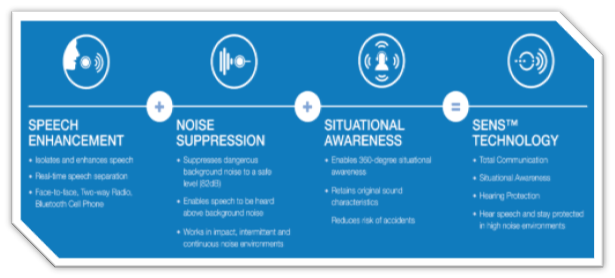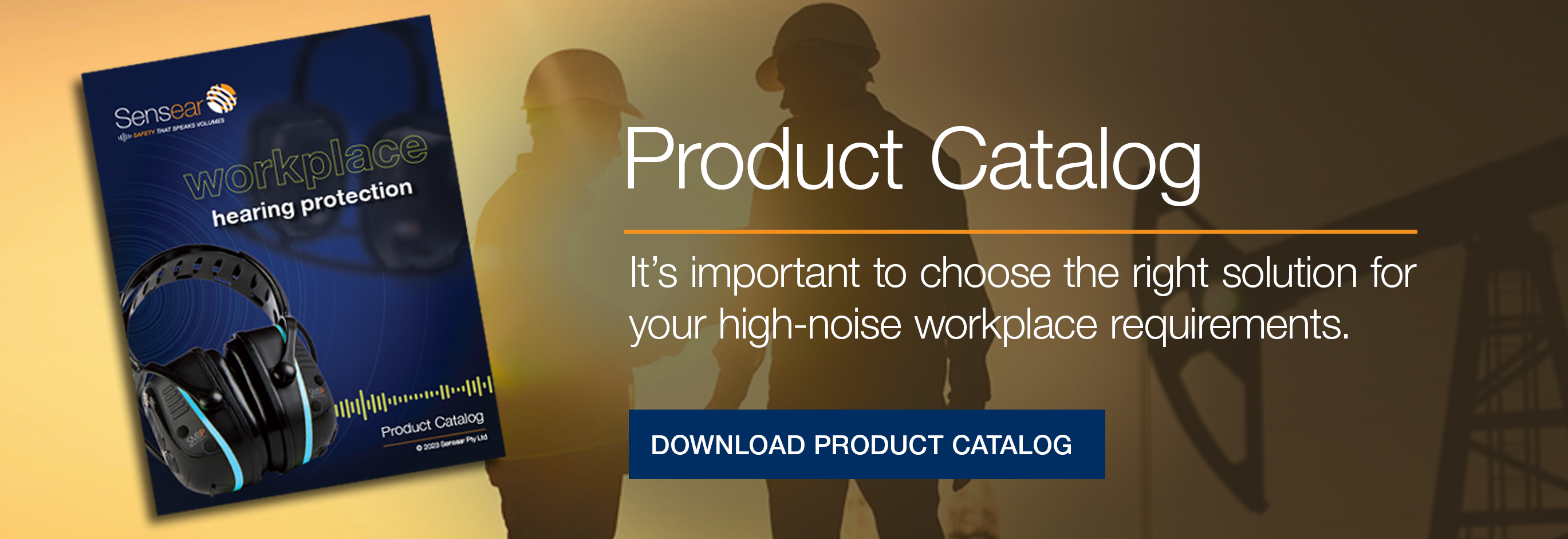- Home
- Blog
- Noise Suppression
- What are the Advantages of Active Noise-Canceling vs. Noise Suppression?
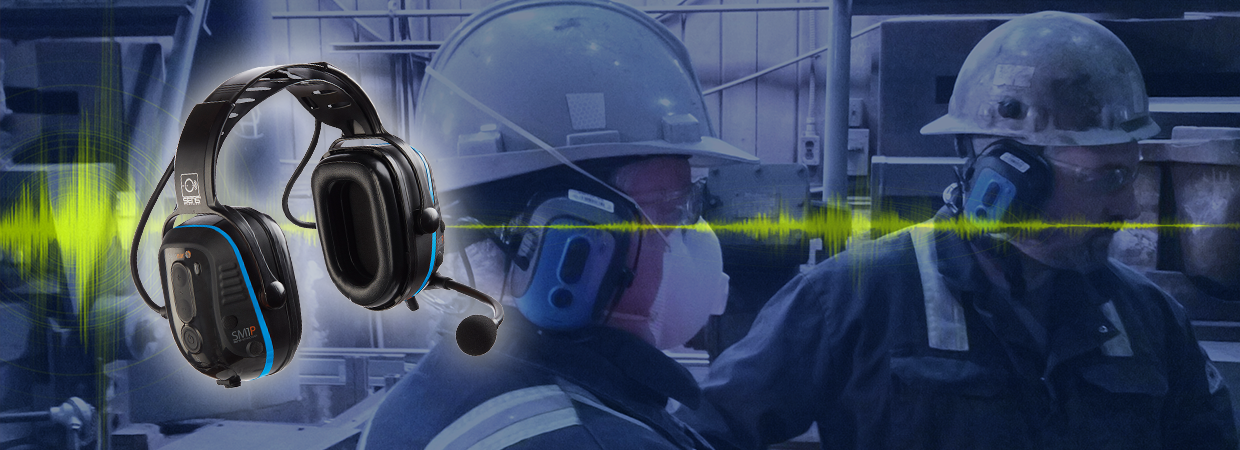
What are the Advantages of Active Noise-Canceling vs. Noise Suppression?
When looking to protect workers’ hearing in high-noise industrial environments, isn’t it best to provide them with noise cancelling solutions?
Although noise-cancelling headsets, earbuds or even foam earplugs might seem like the logical solution, outfitting your teams with this technology could put your workers at a higher risk for their safety while on the job.
Researchers at Johns Hopkins School of Medicine report hearing loss can exponentially increase your chances of falling. The odds of falling increase by 140% for every 10 dB of hearing loss. If your idea of providing hearing protection has been offering employees foam earplugs that provide moderate active noise control, you are not only reducing the employee’s hearing, but you are potentially increasing their risk of falling on the job.
Traditional foam earplugs have a Noise Reduction Rating (NRR) of 28–33 dB, with some brands offering up to 44 dB. The NRR is measured in decibels (dB) and shows how many decibels of noise a pair of earplugs can block. Accordingly, a higher NRR rating indicates greater noise reduction. Therefore, if you calculate it, a foam earplug with a moderate rating of 30 dB(A) could potentially increase the risk of falling by 420%.
When considering headset solutions, keep in mind there have been many advancements in hearing protection and communication technology in recent years, and probably the most recognized is active noise-canceling technology. As pointed out in a previous blog, active noise cancellation “cancels” or blocks out almost all noise coming into the headset. This causes an issue in many work environments where workers need situational awareness to prevent workplace accidents and keep them aware of potential hazards. The alternative to active noise cancellation is Noise Suppression.
What are the differences between active noise cancellation and noise suppression?
Active Noise-Canceling
Active noise-canceling continuously measures, compares, and reacts to outside noise, and then cancels it with the opposite signal. This allows any sounds generated within the headset to be understood more clearly (music, radio communications, etc.).
signal. This allows any sounds generated within the headset to be understood more clearly (music, radio communications, etc.).

A major concern with active noise-canceling is that all sounds external to the headset are subjected to cancelation. This can mean that the headset user is less likely to be aware of their surroundings.
Noise Suppression
Noise suppression is achieved with dual (omnidirectional) microphones or quad (omnidirectional) microphones, which are used to pull in audio signals (noise, speech, alarms, etc.) from the surrounding environment. These audio signals are sent to a Digital Signal Processor (DSP) with algorithms to help separate and suppress background noise. Also, with advanced algorithms, this may include isolating and enhancing speech so you can hear and be heard clearly regardless of the noise around you.
Advanced noise suppression:
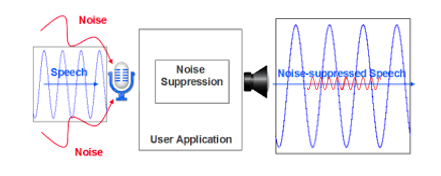
Today, major advancements have been made in noise suppression, as opposed to the older active noise-cancelation technology. These improvements provide for more effective communication and situational awareness, while still protecting the wearer’s hearing.
Sensear’s Quad-Omni-Directional Mics:
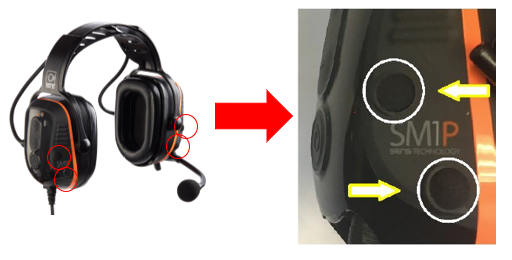
Sensear’s SENS® Technology
Sensear’s patented SENS® Technology is an advanced noise suppression technology implemented into Sensear’s smart headsets and earplugs. There are three components that provide for SENS® Technology:
SENS® goes beyond noise-cancellation by isolating and enhancing speech while reducing harmful background noise. With SENS®, users can hear speech and stay protected while remaining aware of their surroundings in high-noise environments. If you are looking for the best high-noise communication technology, do not choose active noise cancellation, choose the advanced SENS® Technology.
